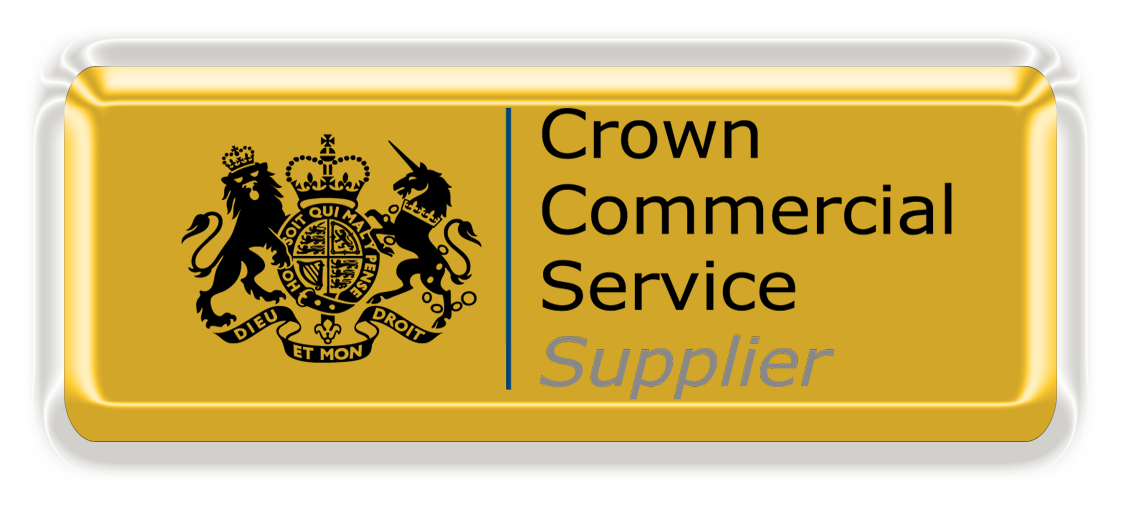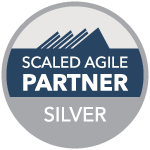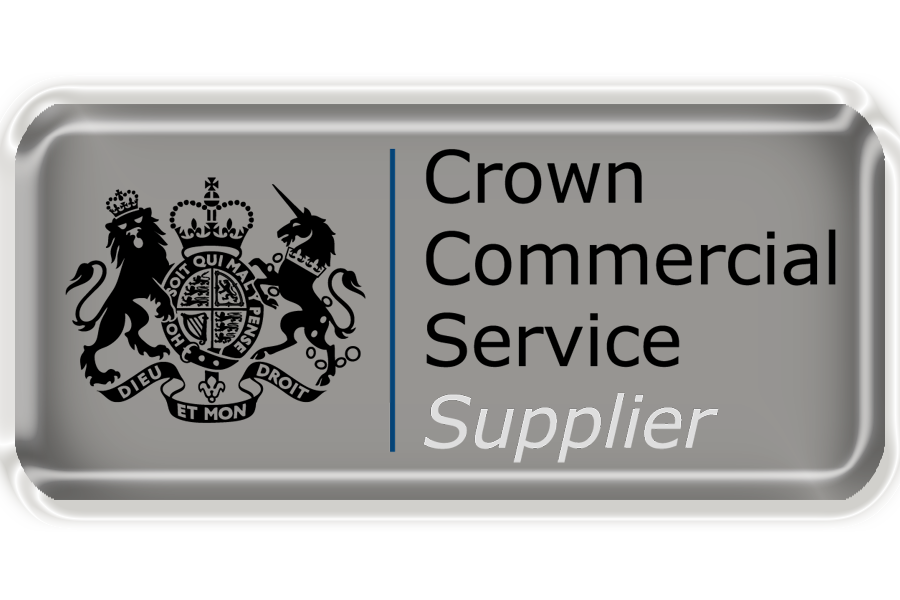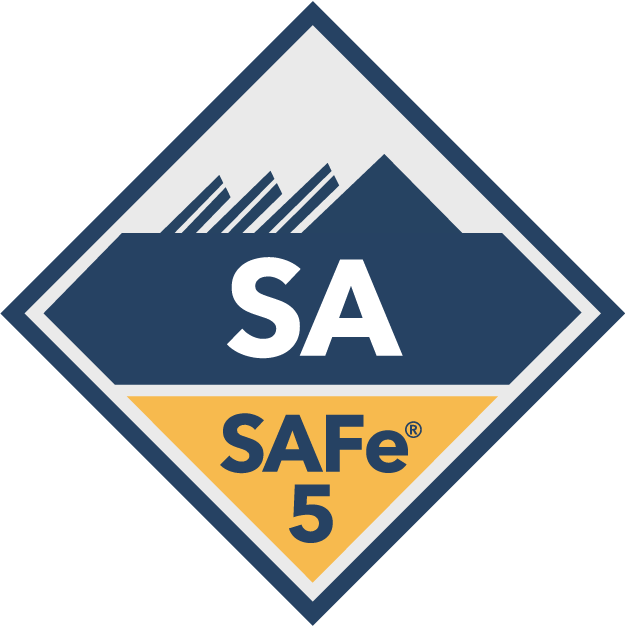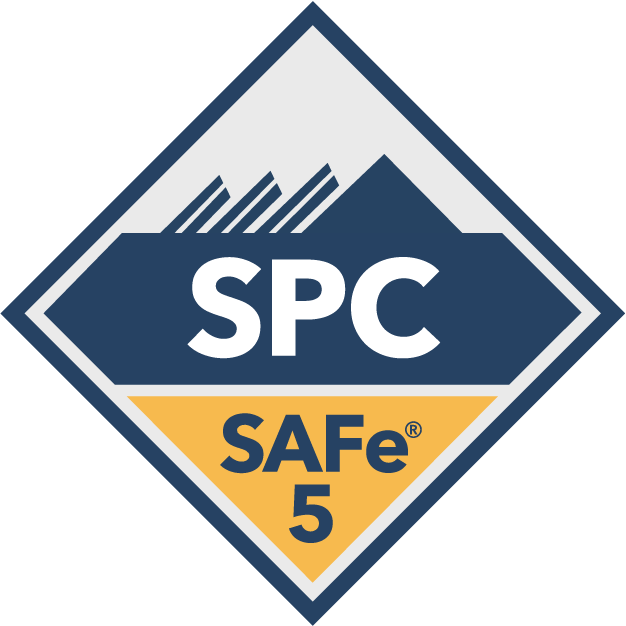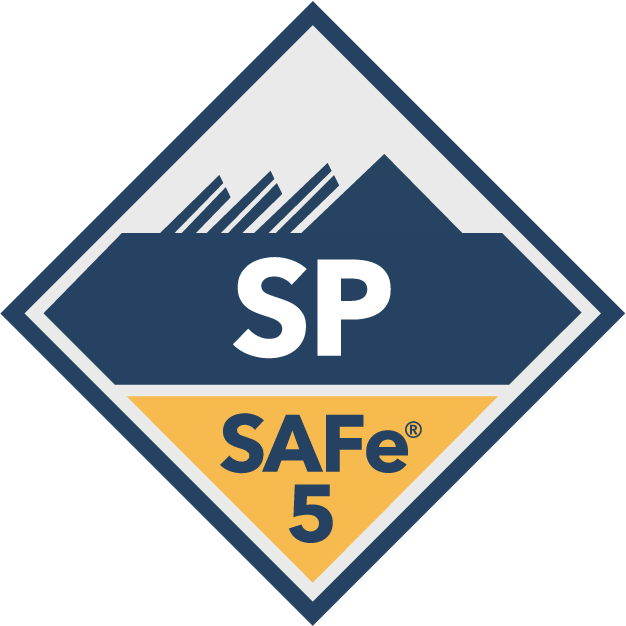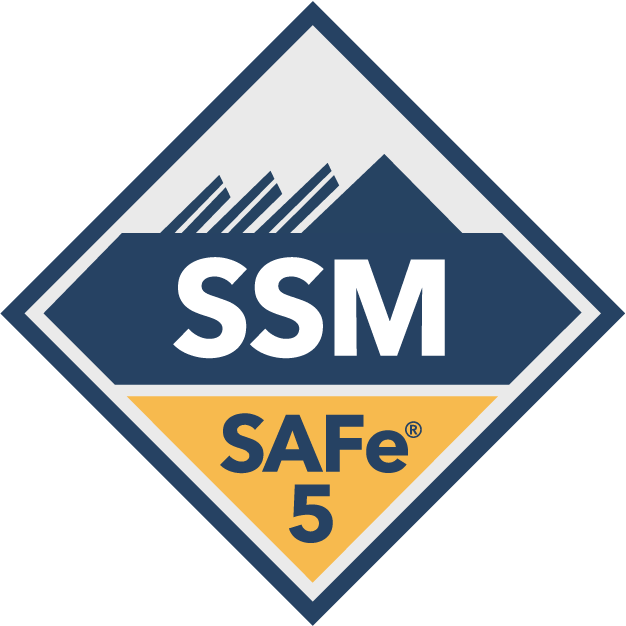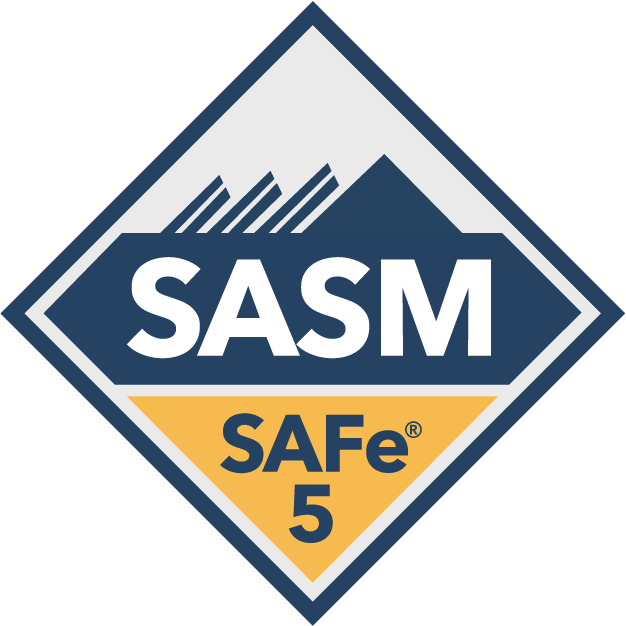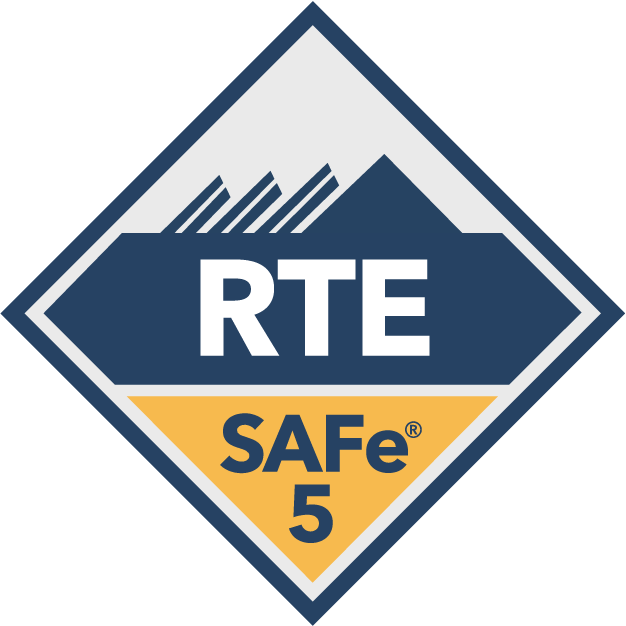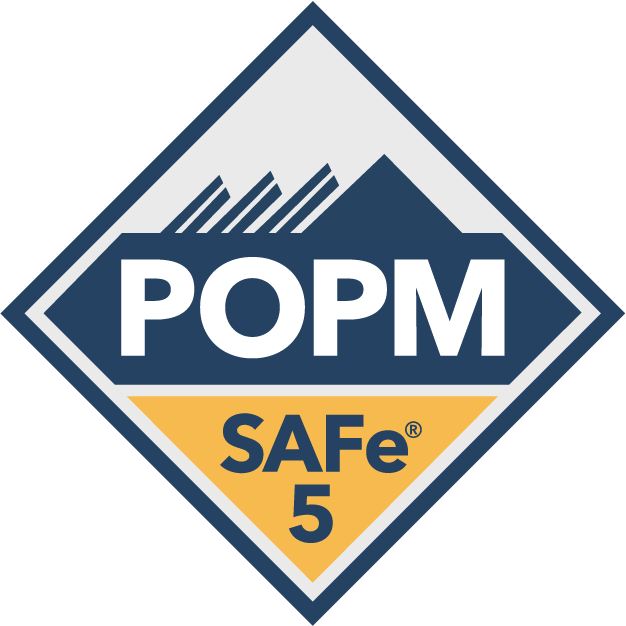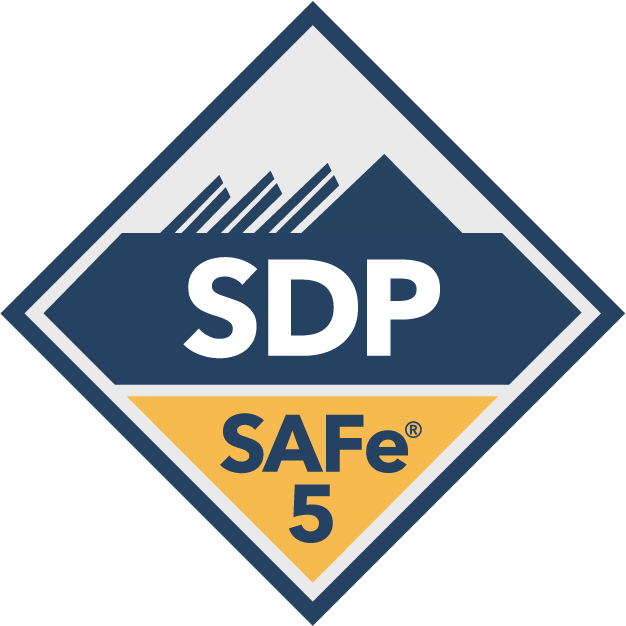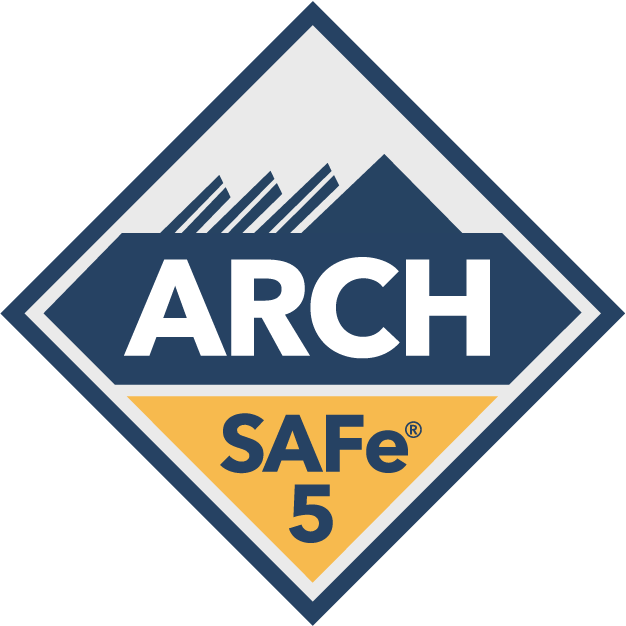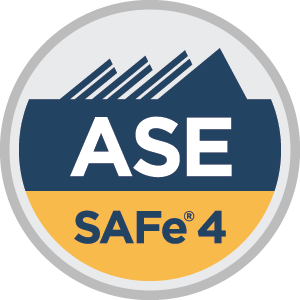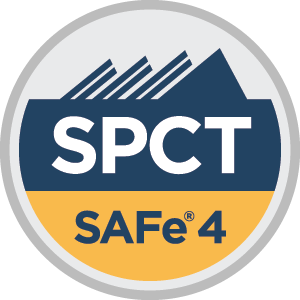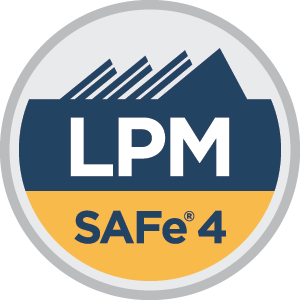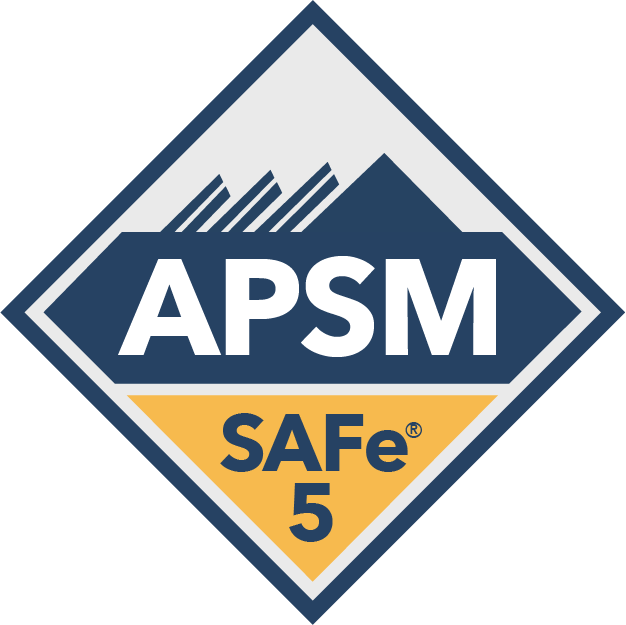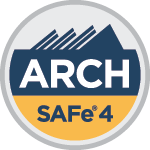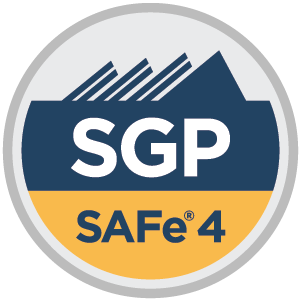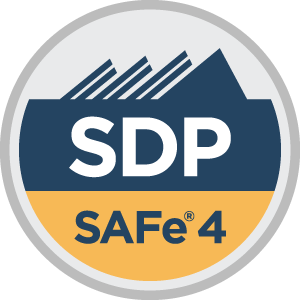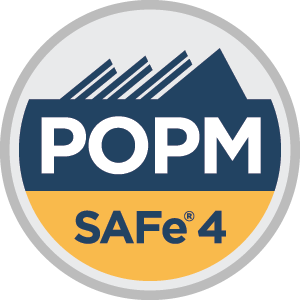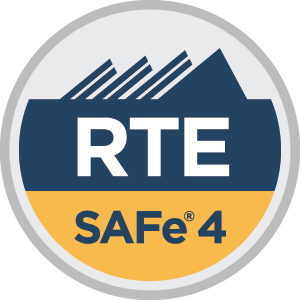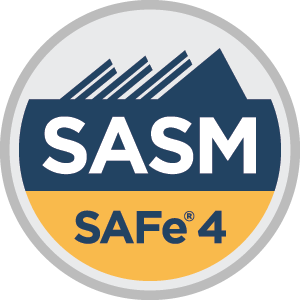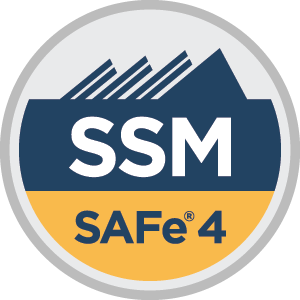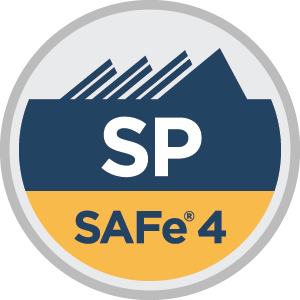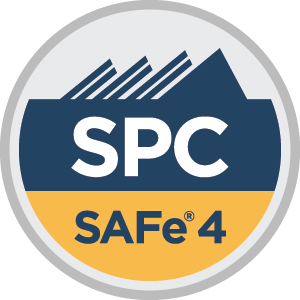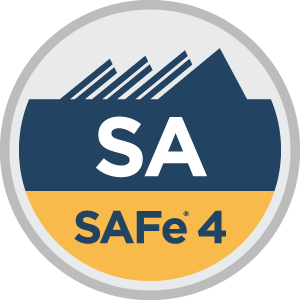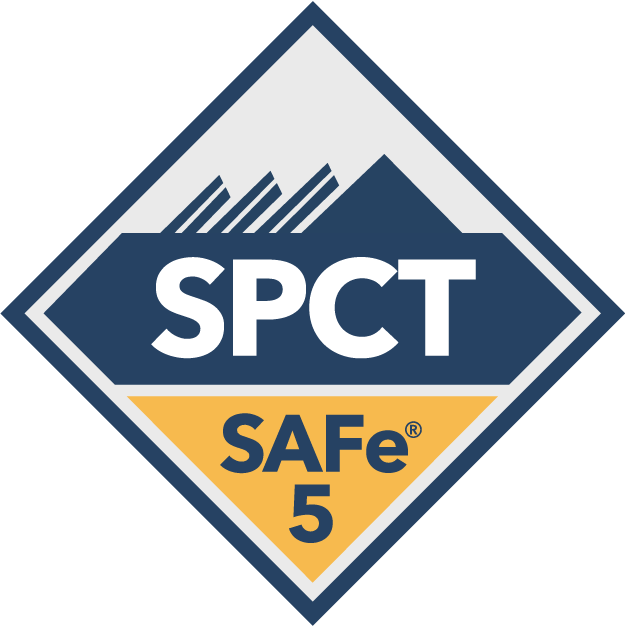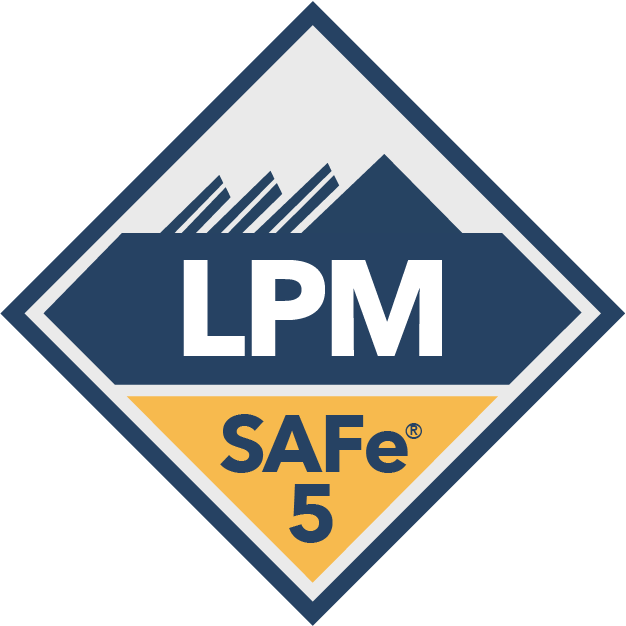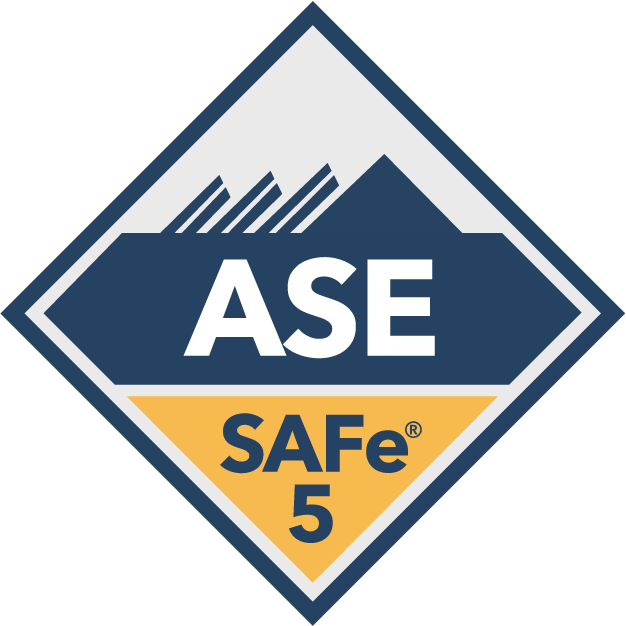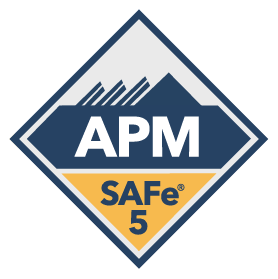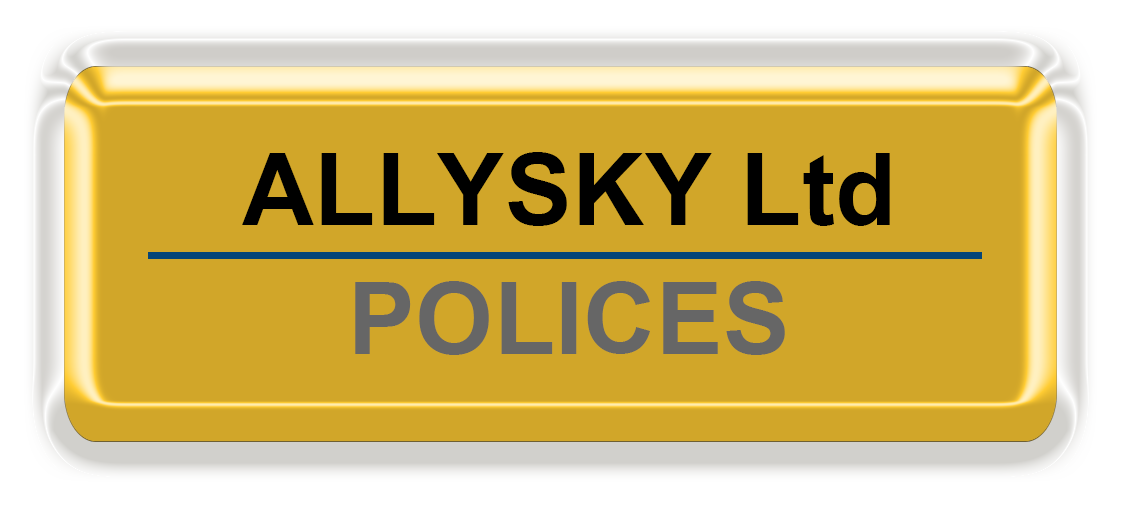Changing the way of working—both the habits and culture of a large development organization—is hard. Many enterprises report that implementing SAFe was one of the toughest, and at the same time, the most rewarding change initiatives that they had ever done.
People naturally resist change, and you will often hear phrases like, ‘that’s the way we’ve always done it around here,’ or ‘that won’t work here.’ Accepting change means accepting the possibility that you are not currently doing things the best way, or even worse, it may challenge a person’s long-held beliefs or values.
It’s easy for people to keep their old behavior—unless there is an exceptionally good reason to make such a change. A reason so compelling that the status quo becomes simply unacceptable. A reason so strong that change becomes the only reasonable way forward to success.
In other words, the enterprise must reach its ‘tipping point’—the point at which the overriding organizational imperative is to achieve the change, rather than resist it [1].
Details
The Need for Change
Organizations arrive at the need for change from a wide range of starting points. You may find yourself in a highly regimented waterfall environment, marked by strict phase gate reviews and quality checks, separation of concerns, and sophisticated resource management procedures. Or perhaps you’ve developed an ad-hoc approach, mixing team-level agile methods with more traditional project and portfolio management techniques. Regardless, before a successful change effort can begin, there must be a clear and compelling impetus for change. A general acknowledgment that the current ways of working are inadequate to deliver the performance needed—now or in the future. We’ve observed that organizations who are able to establish such a shared awareness typically meet one of two conditions:
A burning platform – Sometimes the need to change a product or service is obvious. The company is failing to compete, and the existing way of doing business is obviously inadequate to achieve a new solution within a survivable time frame. Jobs are at stake. This is the easier case for change. While there will always be those who are resistant, they are likely to be overcome by the wave of energy that drives mandatory change through the organization.
Proactive leadership – the absence of a burning platform, leadership must drive change proactively by taking a stand for a better future state. Lean-Agile Leaders must exhibit what Toyota [2] would call “a constant sense of danger”—a never-ending sense of potential crisis that fuels continuous improvement. This is often the less obvious reason to drive change, as the people in the trenches may not see or feel the urgency to do the hard work that comes with change. After all, they are successful now, why should they assume they won’t continue to be successful in the future? Isn’t change risky? In this case, senior leadership must constantly impress the need for change on all, making it clear that maintaining the status quo is simply unacceptable.
Establish the Vision for Change
While necessary, a compelling and well-understood reason to change is insufficient for an organization to reach the tipping point. A clear vision for the future is also critical. Kotter notes that establishing a “vision for change” is a primary responsibility of leadership [3]. The vision for change provides three key benefits:
Purpose – It clarifies the purpose and direction for the change and sets the mission for all to follow. It avoids the confusing potential details and focuses everyone on the why, not the how, of the change.
Motivation – It starts to move people in the right direction. After all, change is hard, and pain is inevitable, especially in the early going. People’s jobs will change. The vision helps motivate people by giving them a compelling reason to make the change. Perhaps most importantly, it underlines the fact there is really no job security in the status quo.
Alignment – It helps to start the coordinated action necessary to assure that hundreds, perhaps even thousands, of people work together toward a new—and more personally rewarding—goal. With a clarity of vision, people are empowered to take the actions necessary to achieve the vision, without the constant need for management supervision or check-in.
In our case, the vision for change must be rooted in an understanding of the Lean-Agile Mindset and SAFe Principles.
Take an Economic View
Whether reactive or proactive, the primary reason to drive change in an organization is to realize the business and personal benefits that the change is intended to deliver. SAFe Principle #1 reminds us to always ‘Take an economic view.’ In this context, leaders should articulate the goal of the change in terms everyone can understand. Dozens of case studies show that enterprises can expect to see benefits in four major areas, as Figure 1 illustrates.
Reaching the Tipping Point
-
Figure 1. SAFe business benefits: improved time-to-market, quality, productivity, and employee engagement
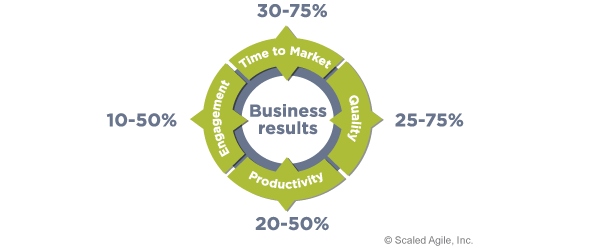
Change leaders should communicate these intended benefits as part of the vision for the change. In addition, leaders should describe any other specific, tangible objectives they hope to accomplish. Measurable improvement on these key performance indicators will provide the fuel necessary to escape the inertia of the status quo.
Getting There – Leading SAFe
Too many change initiatives die before they begin by getting ahead of themselves. While training people and forming Agile Release Trains (ARTs) may feel like progress, it has been our experience that these efforts inevitably stall in the face of organizational inertia unless supported by a senior leadership team with a shared reason and vision for change that has reached the tipping point.
The most consistently effective way we’ve found for organizations to reach the tipping point is the shared experience of attending Leading SAFe.
While we acknowledge how challenging it can be for senior leaders to commit two days of dedicated time, our experience has been that it is critical to establishing a truly shared reason and vision for change. Leaders must take the time, as a group, to collaboratively explore, reason about, and validate for themselves, the challenges facing the organization. They must evaluate how the current system contributes to those challenges, and learn the mindset, principles, and practices they will need to adopt to achieve the transformative results they envision.
Addressing SAFe Implementation in Government
We have seen through practical experience that the principles and practices of SAFe work just as well in a government context as they do in a commercial setting. However, the challenges of organizational context, culture, and governance in public-sector programs are truly unique. Government acquisition processes and laws are intended to create a fair playing field among potential providers, but they can also create bureaucracy and delay. In addition, government agencies do not have the competitive market dynamic and profit motive that drives rapid change and innovation in a commercial environment. Instead, funding is typically provided by legislative bodies in politically-charged annual appropriations processes that move slowly. Even the concept of ‘value’ in a government technology program is often difficult to conceptualize and measure.
To help government agencies get past the tipping point and make the decision to adopt SAFe, we have added guidance that directly addresses the most frequent impediments to embracing Lean-Agile in government and have provided practical solutions for overcoming these challenges. You can read more about these recommendations in our SAFe for Government article. In addition, we have created a course called SAFe for Government that orients learners to the best practices for implementing SAFe in a government context. Like Leading SAFe, this course can be used to help decision makers “go SAFe” and to orient other agency and industry partner leaders to the recommended patterns for aligning budgeting, forecasting, contracting, governance, compliance, and much more to the principles and practices of Lean-Agile.
Moving Forward
A clear vision and compelling reason for change are wasted if not accompanied by a powerful guiding coalition to carry the vision forward [3]. The tipping point is just the start of forming that guiding coalition. SAFe is a proven framework that has delivered transformative results for hundreds of organizations. Given a compelling reason to change, the next step is a commitment from leadership to build a transformation team to gain knowledge and explore possible pathways to launching the SAFe implementation.
-
Therefore the next critical move is to Train Lean-Agile Change Agents.





